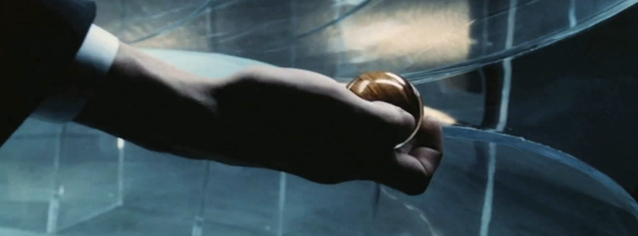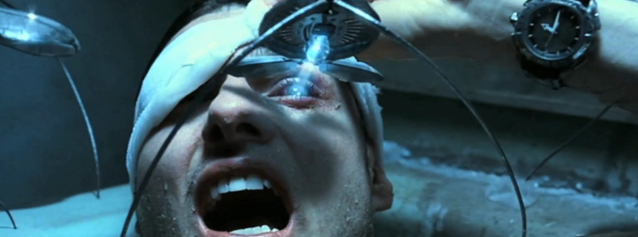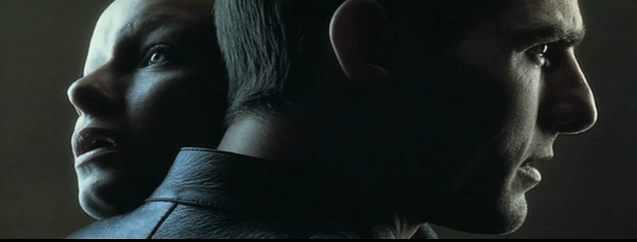Take Three: Max von Sydow
 Sunday, August 14, 2011 at 1:51PM
Sunday, August 14, 2011 at 1:51PM Craig (from Dark Eye Socket) here with another Take Three. Today: Max von Sydow
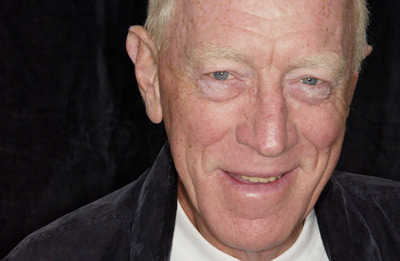
Take One: Hour of the Wolf (1968)
It goes without saying, of course, that a von Sydow Take Three wouldn’t feel right unless one of them was an Ingmar Bergman film. All three could’ve been, but the aim is to err on the side of variety whenever possible. They made 11 films together: The Seventh Seal, Wild Strawberries, The Magician, The Virgin Spring, Through a Glass Darkly, Winter Light, Shame and The Passion of Anna are all classics. But Hour of the Wolf, in which von Sydow plays a painter losing his grip on his sanity, doesn’t always get the high mention it deserves. It contains some of von Sydow’s best work in any film, for any director.
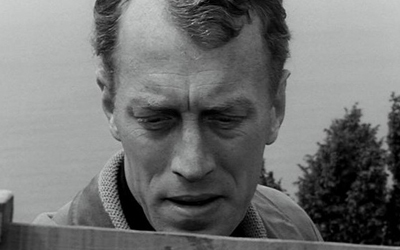
With his handsomely regal face, von Sydow boldly dominates the film. His sinisterly unhinged stillness and almost unreadable presence cement the notion that he’s a tormented artist uncertain of his place in the world. He's visited by people, possibly demons in human disguise, who embody his trauma, his shame. In a possibly imagined, probably symbolic, but definitely surreal dinner scene von Sydow’s deathly wan countenance crumples in extreme close-up. His mind seems to deteriorate due to the inane banter of the chattering souls surrounding him. (No one said Bergman’s personal parables were cheery.) Von Sydow masters depression and disgust like breathing and underplays his scenes like a covert pro. With complete skill von Sydow does as much as an actor can to attempt to place the viewer inside his character’s brain.
Take Two: The Exorcist (1973)
I don’t think it’s via Jeez himself, but, Christ!, the power of character acting compels me... to write about Father Lankester Merrin in The Exorcist for this Take.



